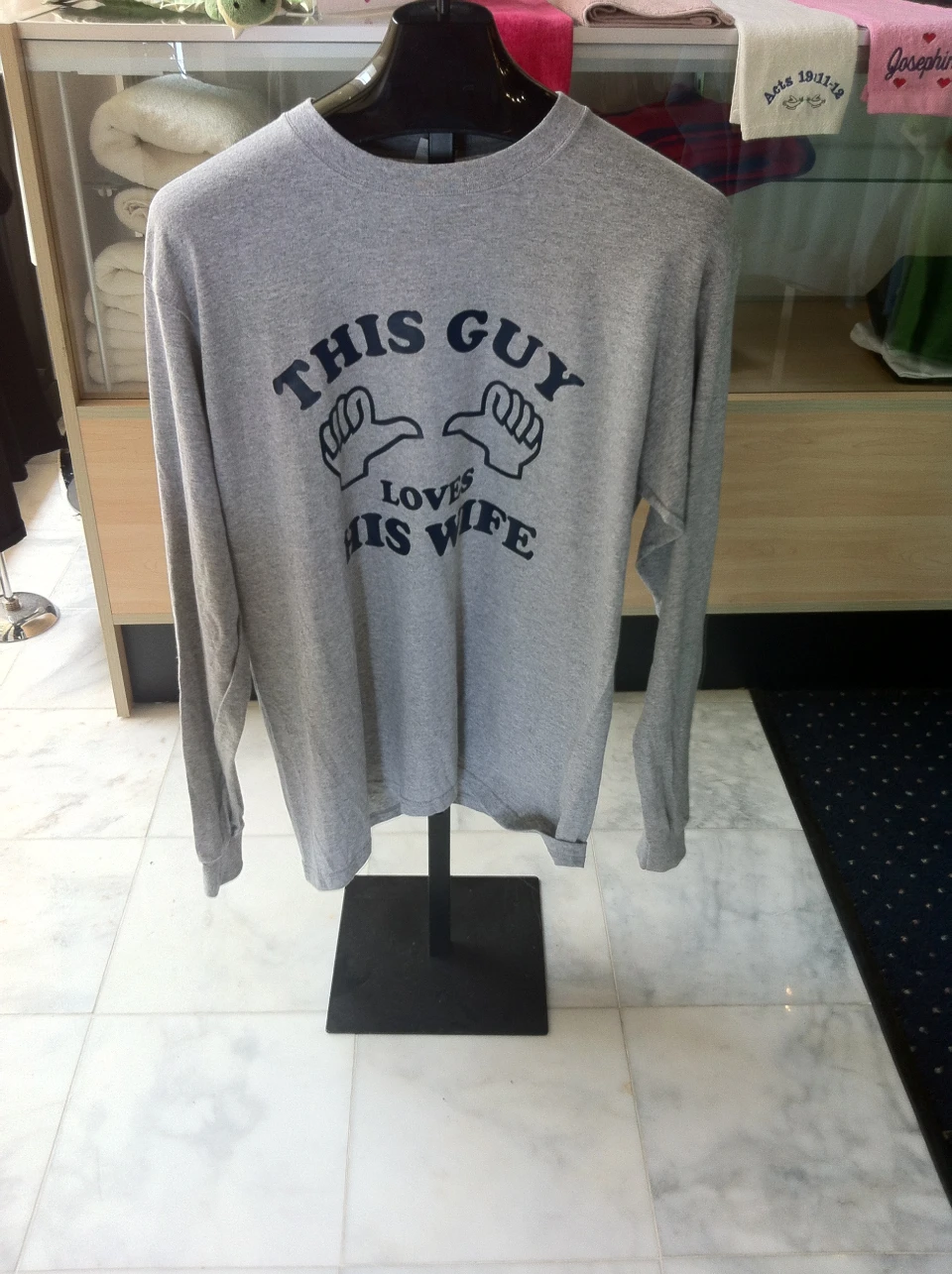Customized Scrubs with Embroidery for a Specialist Look
Wiki Article
The Art of Customized Embroidery: Opening the Tricks to Creating Unique and Memorable Designs
The keys to developing customized needlework styles that captivate the eye and leave a lasting impact lie in a delicate equilibrium of method, imagination, and attention to information. As we dig right into the world of personalized needlework, we discover the nuanced interplay in between thread selection, sew intricacy, and design customization that raises a plain garment to a job of art.Choosing the Right Needlework Threads
When picking needlework strings, what essential variables should you consider to make sure the best outcomes for your custom styles? The selection of embroidery thread is important in establishing the final result of your stitched layout. One of the primary considerations is the material of the string. Various products such as cotton, polyester, rayon, and silk use differing levels of sheen, longevity, and texture. It is necessary to select a thread material that matches the textile you are embroidering on and straightens with the wanted appearance of the design.
Thicker threads can add dimension and appearance to your design, while finer strings are suitable for detailed information and little message. In addition, thinking about the color fastness and washability of the string is critical to ensure that your custom-made layouts keep their high quality and vibrancy over time.
Checking Out Various Stitch Strategies
To look into the realm of 'Exploring Various Stitch Methods', one must understand the details and subtleties that each stitching method offers the art of embroidery. Different stitch methods not just include aesthetic interest yet likewise add to the total texture and measurement of the design. One preferred stitch strategy is the satin stitch, which involves closely packed parallel stitches to develop a smooth and shiny surface, ideal for filling out forms and creating strong describes.On the other hand, the backstitch is a functional technique typically utilized for laying out and including fine information. It involves stitching in reverse to create a strong line of embroidery. Furthermore, the French knot stitch adds a tactile aspect to layouts, ideal for developing distinctive accents like flower centers or attractive touches.
Checking out various stitch methods allows embroiderers to play with light, darkness, and depth within their designs, boosting the visual appeal and artistic top quality of their needlework tasks. By mastering different stitching techniques, one can open unlimited opportunities for producing distinct and unforgettable custom-made needlework items.
Incorporating Personalized Layout Elements
Having explored the ins and outs of various stitch strategies such as the satin stitch, backstitch, and French knot, the emphasis now shifts in the direction of incorporating customized design aspects in customized embroidery jobs. Individualized style components play an important duty in making embroidery jobs truly distinct and unforgettable. One way to incorporate personalization is by including initials, names, or significant dates to the design. This not only adds a customized touch yet also enhances the emotional worth of the needlework piece.An additional way to integrate tailored design view it elements is by including symbols or themes that hold special significance to the recipient or mirror their interests and character. Integrating a favored blossom, pet, or hobby-related sign can make the needlework design much more meaningful and personalized. Additionally, picking colors that reverberate with the recipient or straighten with the designated motif can further improve the customization of the embroidery project.
Mastering the Art of Shade Sychronisation

One key aspect of color coordination is comprehending shade concept. This consists of understanding exactly how different shades engage with each other, the emotions they convey, and just how they can be combined to create aesthetically appealing layouts. By using shade concept principles, embroiderers can create harmonious shade palettes that improve the general appearance of the design.
In addition, taking notice of comparison is essential in color sychronisation. Utilizing contrasting colors can help certain elements of the layout pop, boost legibility, and create an aesthetically vibrant embroidery item. By understanding the art of shade coordination, embroiderers can raise their styles and develop remarkable pieces that resonate with customers and audiences alike.
Enhancing Texture With Advanced Embroidery Stitches

French knots, as an example, are perfect for adding little, raised dots to your style, imitating the appearance of beads or producing a distinctive surface. Bullion knots, on the various other hand, can be utilized to create twisted, ropelike elements that add a glamorous feel to angel tailor the embroidery. Seed sewing involves small, scattered stitches that can load in areas with a multicolor structure, while turkey work develops fluffy, dimensional accents similar to animal hair or foliage. Trying out these advanced needlework stitches allows you to push the boundaries of standard needlework and produce truly distinct and visually appealing structures in your designs.
Final Thought
To conclude, the art of customized needlework involves a combination of choosing the appropriate strings, checking out numerous stitch strategies, incorporating customized layout aspects, understanding shade sychronisation, and enhancing appearance with innovative stitches. By understanding and executing these essential components, embroiderers can produce unique and memorable designs that display their creative thinking and skill. Embroidery lovers can open the secrets to developing stunning and custom pieces that stand out and leave a lasting impact.Report this wiki page